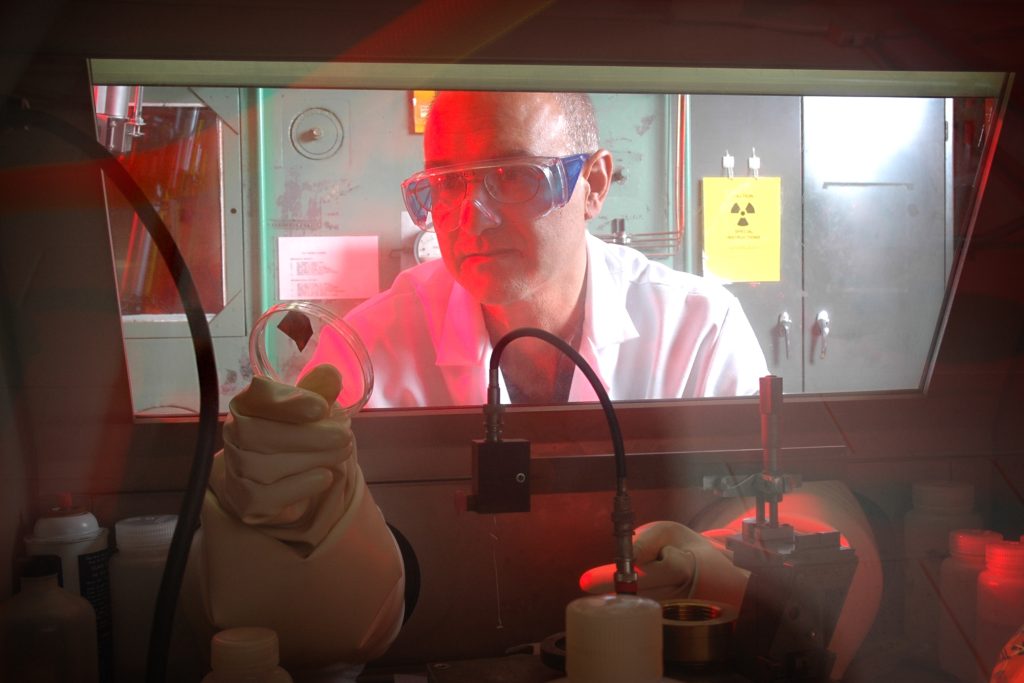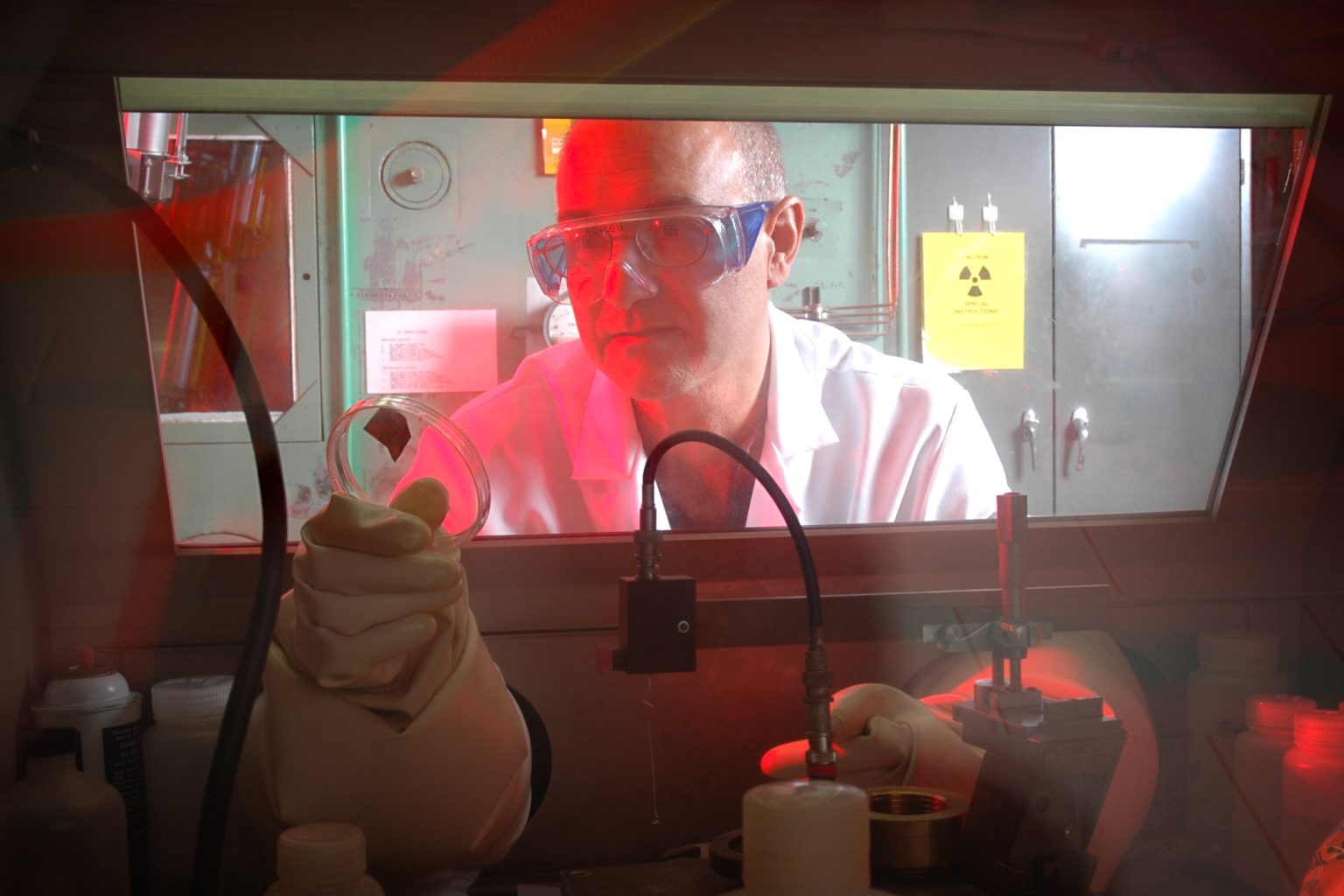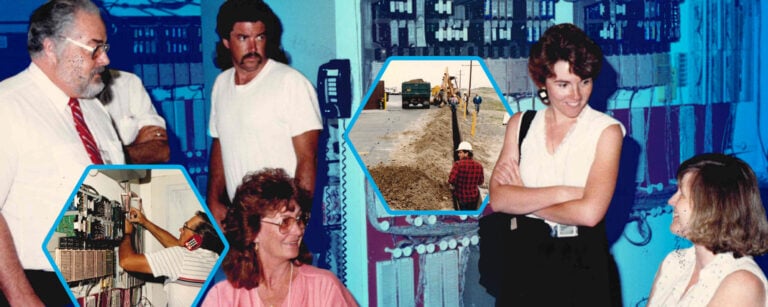A cooperative research partnership between Idaho National Laboratory and university researchers has yielded a new oxidation technique that could help greatly improve technologies available for recycling spent nuclear fuel.
“This development is exciting not just because of its potential benefit, but also from a pure science point of view,” said Bruce Mincher, a chemist in INL’s Aqueous Separations and Radiochemistry Department. “Until now, no one has ever been able to electrolytically oxidize americium under realistic conditions. This is the kind of thing that really turns us chemists on.”
Working with colleagues at the University of North Carolina (UNC) Chapel Hill campus, Idaho National Laboratory chemists have discovered a way to oxidize americium into a form that makes it easier to separate from spent fuel. The technique used by UNC and INL chemists uses special electrodes that collect the americium and then electrolytically oxidize it to a form that is easier to separate. The technique also avoids the need for hazardous reagents used in chemical oxidation methods.
The UNC-INL chemists’ findings were first published in the Nov. 6 issue of the multidisciplinary research journal Science. INL’s Mincher worked with UNC’s Christopher Dares, Alexander Lapides, and Thomas Meyer to complete the research.

Because our quality of life depends on an adequate supply of clean energy, and given the rapidly increasing human population, ensuring adequate energy supplies for the future will require a mix of energy sources. Nuclear energy will be a necessary part of that mix, in part because carbon dioxide is not among its waste products. However, to be sustainable for the long term, responsible disposition of the radioactive waste products of nuclear power plants is a crucial issue.
Nuclear energy research is underway across the U.S. and worldwide on the best ways to separate the transuranic radionuclides from spent fuel so they can be recycled for use in a reactor, rather than disposed in an underground repository. Removing transuranic elements from spent fuel has the potential to greatly reduce the hazards of dealing with spent fuel. Current technologies in practice in the U.S. and most other nations using nuclear power leave varying amounts of americium in the spent fuel. Because of its properties, americium presents one of the biggest challenges for dealing with spent nuclear fuel, and it is very difficult to separate.
“It was very gratifying to work with our UNC partners on this project,” Mincher said. “Our work with americium was very technically challenging, but our progress could help lead to technology that keeps these isotopes out of repositories and instead fissions them away in an advanced reactor while producing more electricity. This, in turn, could greatly reduce the challenges associated with managing spent nuclear fuel.”
Link:
“Low potential electrochemical oxidation of 243Am(III) in nitric acid by a derivatized, high surface area metal oxide electrode”; Dares, C.J.; Lapides, A.M.; Mincher, B.J.; Meyer, T.J.; Science, Nov. 5, 2015. www.sciencemag.org






